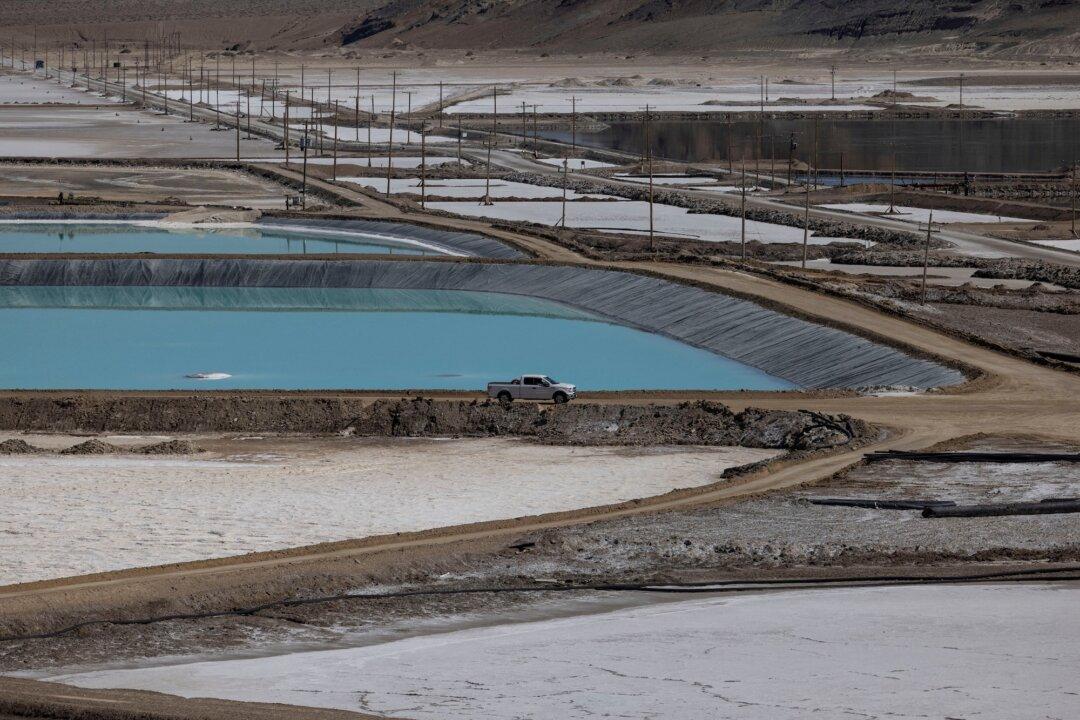A recent study has revealed significant skepticism among young audiences regarding climate alarmism, a development that poses a challenge to advocates of urgent climate action but is likely to be welcomed by those who see stoking fear about the supposed ills of global warming as exaggerated.
The study reveals a significant increase between 2018 and 2023 in YouTube content that expresses one of the following three viewpoints: “climate solutions won’t work,” “climate science and the climate movement are unreliable,” or “the impacts of global warming are beneficial or harmless.”
Researchers also found that roughly one-third of teenagers (the predominant YouTube audience) hold views such as “climate policies cause more harm than good” or consider “climate change a hoax to control and oppress people.”
The findings—which the CCDH calls alarming and “startling”—suggest that there’s a growing rejection of climate narratives that emphasize imminent global catastrophe.
The group says it finds the trend troubling—and is urging big tech platforms such as YouTube to censor content that “contradicts the authoritative scientific consensus” on climate change.
‘New Climate Denial’
Researchers at the CCDH gathered transcripts from more than 12,000 videos posted across 96 YouTube channels between 2018 and 2023, then analyzed the content from the perspective of climate change-related narratives.They found a sharp increase in what they call a “new climate denial,” defined as three increasingly prevalent narratives: “climate solutions won’t work,” “climate science and the climate movement are unreliable,” and “the impacts of global warming are beneficial or harmless.”
The prevalence of these three narratives among climate-skeptical content on YouTube has risen sharply between 2018 and 2023, the study found.
The narrative that “climate solutions won’t work” surged to 30 percent from 9 percent of climate-skeptical YouTube content in that time period.
Content expressing the view that “climate science and the climate movement are unreliable” is up to 35 percent from 23 percent, while the narrative that “the impacts of global warming are beneficial or harmless” has jumped to 6 percent from 4 percent.
This shift, labeled the “new denial,” now constitutes a majority (70 percent) of climate-skeptical content on YouTube.
At the same time, content expressing the view that “global warming is not happening” is down to 14 percent (2023) from 48 percent (2018) among climate-skeptical YouTube content.
“The spread of New Climate Denial can have a catastrophic impact on climate action,” the CCDH said in a statement in which the group called on Google, which owns YouTube, to dial up its policy of demonetizing and de-amplifying climate-skeptical content.
Charlie Cray, senior strategist at Greenpeace USA, made a similar point in a statement regarding the study: “Climate deniers now have access to vast global audiences through digital platforms. Allowing them to steadily chip away at public support for climate action—especially among younger viewers–could have devastating consequences for the future of our planet.”
“Climate science should be less political, while climate policies should be more scientific,” the declaration reads. “Scientists should openly address uncertainties and exaggerations in their predictions of global warming, while politicians should dispassionately count the real costs as well as the imagined benefits of their policy measures.”
‘Almost a Nothingburger’
Climate change, or the “climate emergency” as many activists insist on calling it, has become an increasingly vocal globalist rallying cry in recent years.U.N. Secretary-General António Guterres made a similarly alarmist speech at the event, saying that “we are flirting with climate disaster” and that “every week brings a new climate horror story.”

But a number of experts say such alarmism is unhelpful and that, while some aspects of climate change are a problem, there’s no need to panic.
Among them is Steven Koonin, a professor at New York University’s Department of Civil and Urban Engineering, who once served as undersecretary for science at the Department of Energy and holds a doctorate in theoretical physics from the Massachusetts Institute of Technology.
Responding to a question by Mr. Peterson about what percentage of scientists “take an apocalyptic view” on the climate change issue, Mr. Koonin said he thinks that about 95 percent aren’t in the climate panic camp.
“None of them are kind of jumping off the roof and saying ‘My God, we’d better do something or we’re headed for the climate highway to hell' or something, which is what the secretary-general of the U.N. said a couple of months ago,” Mr. Koonin said, referring to Mr. Guterres’s remarks at the COP27 climate conference.
“It’s an issue. It’s a long-term problem. We can deal with it. But there’s no reason to ring alarm bells.
“If I wanted to be a little snarky, it’s almost a nothingburger. The science says that, if you read the reports.
“But the detrimental effects get hyped up by various players.”
‘Hard to Find Trends’
Mr. Koonin also discussed a widely cited report from the Intergovernmental Panel on Climate Change; he argued that policymakers tend to read summaries rather than the detailed report itself and, as a consequence, formulate incorrect conclusions.The detailed report acknowledges natural variation in temperature, not just human-caused, and that, aside from things directly associated with warming such as record-high temperatures, there are basically no extreme weather event trends, he said.
“You don’t see much [in terms of] trends, globally,” Mr. Koonin said. “Drought—hard to see a trend. Hurricanes or tropical cyclones—hard to see any trend at all over a century.”
He acknowledged that there’s a “little thing” that warrants some discussion—namely a rise in sea level—but this is proceeding at about 1 foot per century.
“It’s hard to find trends,” Mr. Koonin said. “Doesn’t mean that the trends aren’t there. But they’ve just not emerged from the data.”







